Italy is a cheese lover’s paradise, with each region boasting its own unique cheeses reflecting the local climate, terrain, and culinary traditions. From the cloud-like billows of fresh mozzarella to the salty, crystalline crunch of aged Parmigiano-Reggiano, the sheer variety of Italian cheeses is staggering. Let’s take a tasting tour through some of Italy’s most beloved formaggio!
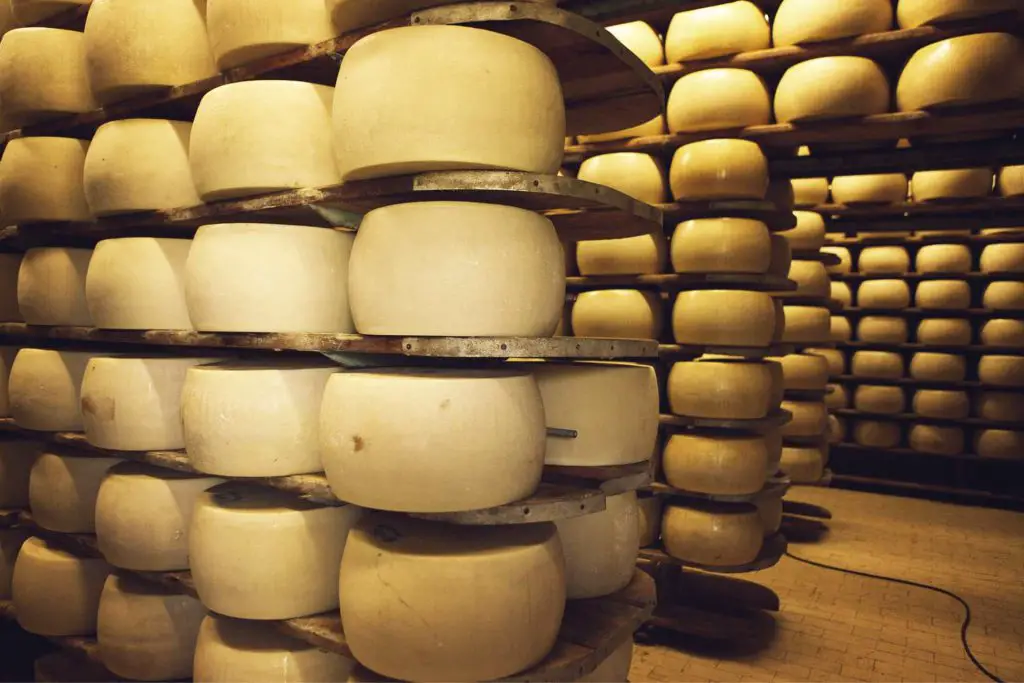
Italian cheeses: Parmigiano-Reggiano
No discussion of Italian cheeses would be complete without the “King of Cheeses” – Parmigiano-Reggiano. This granular, umami-packed hard cheese has been produced in the provinces of Parma, Reggio Emilia, Modena, and Bologna for over 800 years using virtually the same methods. Made from partly skimmed cow’s milk, the cheese is aged for a minimum of 12 months, though the very best wheels are left to mature for 24-36 months or longer. As it ages, the cheese develops a firmer, grainier texture and more pronounced nutty, fruity notes. By law, every wheel of authentic Parmigiano-Reggiano must be imprinted with the name over the rind. When purchasing, look for the name “Parmigiano-Reggiano” in raised dots or tiny perforations. Grated over pasta, shaved into soups or salads, or eaten in a chunk with a drizzle of balsamic vinegar, this “king” always reigns supreme.
Italian cheeses: Gorgonzola
From the flat plains of Lombardy comes one of Italy’s most famous blue cheeses – Gorgonzola. While from the same family as French Roquefort, Gorgonzola has a creamier paste and more mellow flavor owing to its being made from unskimmed cow’s milk.
There are actually two varieties of Gorgonzola – the sweeter, creamier Dolcelatte and the more pungent, crumbly Piccante or Naturale. Dolcelatte has greenish-blue veins that become more pronounced in the longer-aged Piccante/Naturale. Enjoyed on its own with fruit and nuts or melted into sauces, risottos, and pastas, Gorgonzola adds a welcome punch of umami to any dish. One of my favorite ways to enjoy it is in a simple pear and Gorgonzola salad with candied walnuts and balsamic vinaigrette. Divinely decadent!
Italian cheeses: Mozzarella di Bufala
Pizza and pasta lovers know that fresh mozzarella is a must for authentically Italian dishes. But the crowning glory of fresh mozzarellas is Mozzarella di Bufala made from the rich milk of water buffalos in the Campania region. With a semi-soft, porcelain-white exterior giving way to a creamy, milky interior, freshly made Mozzarella di Bufala is a cheese of unparalleled delicacy and flavor. It has a subtle tanginess that balances beautifully with the sweet, grassy notes imparted by the buffalo milk. Traditionally, the cheese is formed into smooth orbs or braided cylindrical knots. For maximum freshness, look for Mozzarella di Bufala that is sold suspended in water or whey. Use liberally in Caprese salads, on pizza, or sandwiched with prosciutto and tomatoes for an insanely good panino.
Italian cheeses: Pecorino Romano
Move over Parmigiano, Pecorino Romano is the OG hard, salty, sheep’s milk cheese that has been part of the Italian (and Roman) diet since ancient times. Made according to traditional methods in Sardinia, Lazio, and the Tuscan provinces of Grosseto and Siena, this thick, crumbly cheese is a flavor powerhouse. Aged for 5-8 months, Pecorino Romano develops an intensely salty, savory flavor and crystalline crunch from the formation of edible amino acid crystals. While ultra-aged Pecorinos can become too intensely pungent for some tastes, the younger wheels have a wonderful balance of nuttiness and salinity. In Italy, Pecorino is grated liberally over pastas like bucatini all’amatriciana or cacio e pepe. You’ll also find it used in bread and pizza doughs, or combined with eggs for a frittata boost of flavor. Look for the name Pecorino Romano or just Pecorino on the rind when shopping.
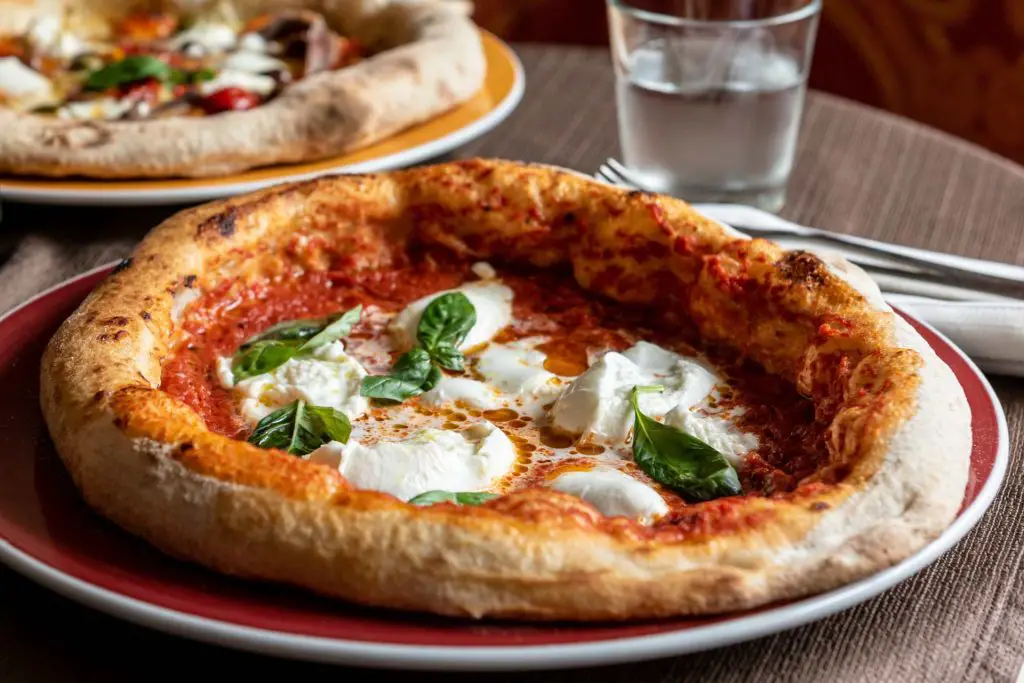
Italian cheeses: Burrata
Perhaps the most indulgent and luscious of all fresh Italian cheeses is burrata from the region of Puglia. This rich, creamy cheese is essentially a fresh mozzarella shell filled with stringy mozzarella curd and cream – making it both solid and molten at once. Authentic burrata should be plump and soft, with the center oozing out as soon as you break through the thin exterior. Stuff it into hollowed-out tomatoes, let it melt gently over soups or onto grilled bread, or enjoy it simply with olive oil, fresh basil, and flaky sea salt. Imported burrata can often disappoint, so look for American producers making fresh burrata in the Italian tradition like Seattle’s Fresh Valley. Or better yet, take a trip to Puglia and eat it directly from the source!
Italian cheeses: Provolone
While perhaps not as glamorous as burrata, any discussion of iconic Italian cheeses must include provolone. This classic dolce latte (sweet milk) cheese originated in Campania but is now produced all over Italy’s southern regions including Sicily. Young provolone has a smooth, semi-soft texture not unlike mozzarella and milky, subtly smoky notes. But aged provolone is an entirely different b east – with its waxed rind protecting an internal transformation into a hard, deeply golden cheese packed with meaty, savory umami. From pizza toppings to stuffed sandwiches to antipasto platters, provolone is a favorite all over Italy. It’s also an essential ingredient in sauces and baked dishes from Southern Italy like Pasta alla Norma. Look for provolone imported from Italy or made in the U.S. by artisan producers.
Italian cheeses: Mascarpone
No sweet cheese course would be complete without Italy’s rich, creamy mascarpone. A specialty of the Lombardy region, this triple-cream cheese is essentially the Italian version of French crème fraîche or cream cheese. While it can be used in savory preparations, mascarpone really shines in desserts like tiramisu, tarts, and cheesecakes. Its custard-like texture and slightly sweet flavor act as the perfect foil to bold ingredients like cocoa powder, espresso, and amaretto. With its high fat content, mascarpone has an incredibly smooth, velvety mouthfeel. For maximum richness and authenticity, look for imported mascarpone from Italy or producers using Italian techniques and cultures. Otherwise, a homemade version, while not quite the same, delivers similar lusciousness in desserts.
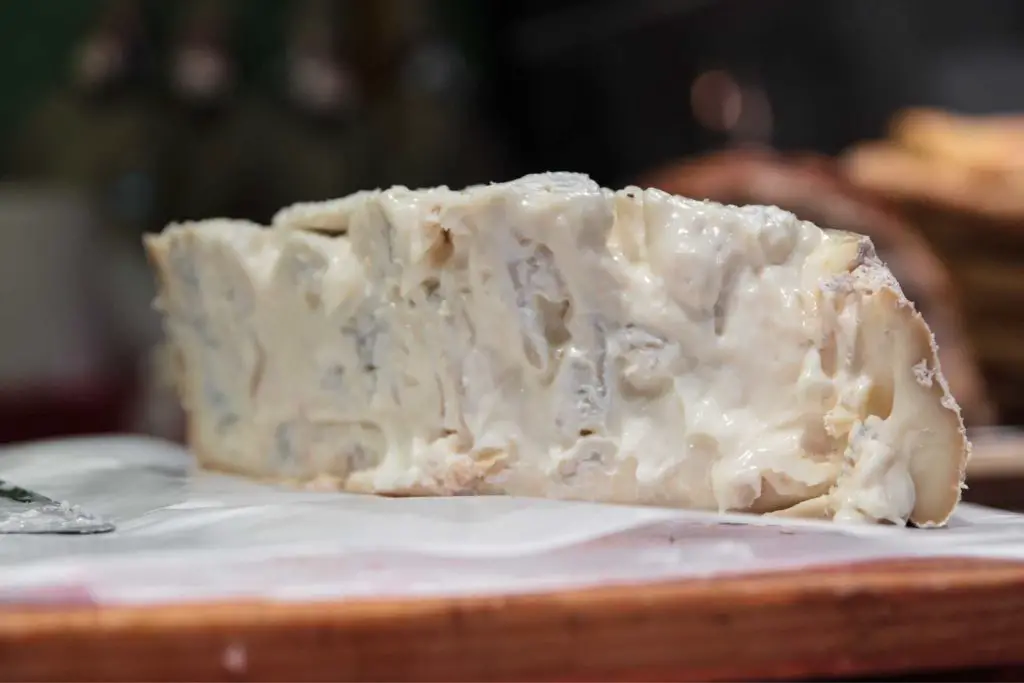
Finding the authentic in America
While no substitutes for the real deal from Italy, artisan cheese producers across America are thankfully making it much easier than ever to find authentic Italian cheese styles on our shores. For the hard grating cheeses like Parmigiano-Reggiano, Pecorino Romano, and Grana Padano, stick to the imported Italian wheels. These cheeses have legal Protected Designation of Origin (PDO) status, meaning they can only bear the name if produced in the specified regions using traditional methods. Other cheeses like Gorgonzola, Taleggio, and Crescenza are more readily available from domestic producers. Some great Italian-style options come from companies like Belgioioso Cheese in Wisconsin and California’s Point Reyes Farmstead. For ultra-perishable fresh cheeses like mozzarella, burrata, and mascarpone, look for producers close to your region using Italian cultures and cheesemaking techniques. On the East Coast, companies like Narragansett Creamery and Forever Cheese deliver incredible quality rivaling Italian originals. When possible, support your local cheesemonger – their knowledge and passion for sourcing great cheeses is invaluable. Many also have connections to bring in lesser-known but amazing Italian cheeses you won’t find anywhere else.
Pairing Italian cheeses with wines
Pairing Italian wines with the cheeses from their respective regions just makes sense – these foods were practically made for one another! While there’s an Italian wine to complement nearly every cheese, here are some classic matches:
- Parmigiano-Reggiano: The “King” loves full-bodied, complex reds like Barolo, Barbaresco, and Brunello di Montalcino from Italy’s northwest. The tannins and acidity cut through the cheese’s richness.
- Gorgonzola: Surprisingly, the relatively mild and creamy Dolcelatte pairs beautifully with bigger Italian red wines like Amarone della Valpolicella or Refosco. The sweetness tames their high alcohol and tannins. The more pungent Piccante is sublime with sweeter wines like Moscato d’Asti.
- Mozzarella di Bufala: Keep it light and bright with crisp Italian whites like Falanghina, Fiano, or Greco di Tufo. Their citrusy notes contrast the cheese’s richness.
- Pecorino Romano: Bold and salty cheeses need equally bold wines. Go for a robust Italian red like Aglianico, Montepulciano d’Abruzzo, or Nero d’Avola.
- Burrata: Let the lush, creamy cheese be the star with a lighly chilled, low-alcohol red like a youthful Chianti or Rosso di Montalcino.
- Provolone: Depending on the provolone’s age, it can handle lighter Italians like Soave or Verdicchio all the way up to a Valpolicella or Negroamaro.
- Mascarpone: What grows together, goes together – Moscato d’Asti or Asti Spumante are made for the luscious sweetness of mascarpone desserts.
Ultimately, Italian cheeses span such a range of flavors and textures that there’s an ideal wine match for every style. Don’t be afraid to experiment and trust your own palate. Italian cheeses span such a range of flavors and textures that there’s an ideal wine match for every style. Don’t be afraid to experiment and trust your own palate.
Using Italian cheeses in recipes
Of course, no tour of Italian cheeses would be complete without exploring how to cook and bake with these incredible ingredients. While certainly delicious on their own, Italian cheeses add amazing depth and authentic flavors to countless traditional dishes:
Sauces and Baked Dishes
- Cacio e Pepe: This “cheese and pepper” sauce showcases the simple perfection of just Pecorino Romano, black pepper, and pasta.
- Lasagna: Layer fresh mozzarella, tangy ricotta, and Parmigiano for the ultimate baked cheesy bliss.
- Parmigiana di Melanzane: Slices of fried eggplant are baked with tomato sauce, mozzarella, Parmigiano, and basil.
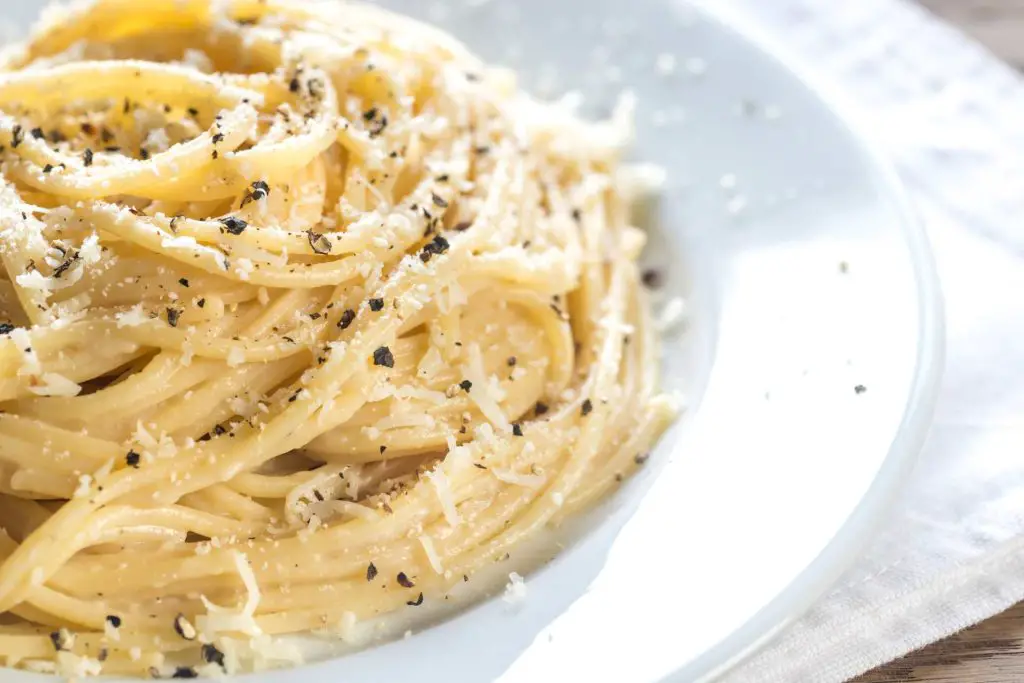
Pizza and Flatbreads
- Margherita Pizza: The classic pie with fresh mozzarella, tomato sauce, and basil.
- Burrata Pizza: Take it up a notch with creamy burrata as the star cheese.
- Focaccia: Incorporate salty Pecorino into the dough for an extra savory bite. Top with thinly sliced Provolone.
Soups and Salads
- Zuppa di Lenticchie: Lentil soup gets richness from melty Fontina or mild Provolone stirred in at the end.
- Insalata di Rinforzo: Hearty salad of bitter greens, crispy pancetta, croutons, and shaved Pecorino Romano.
- Pear & Gorgonzola Salad: Sweet pears, peppery arugula, candied walnuts, and creamy Gorgonzola dolcelatte.
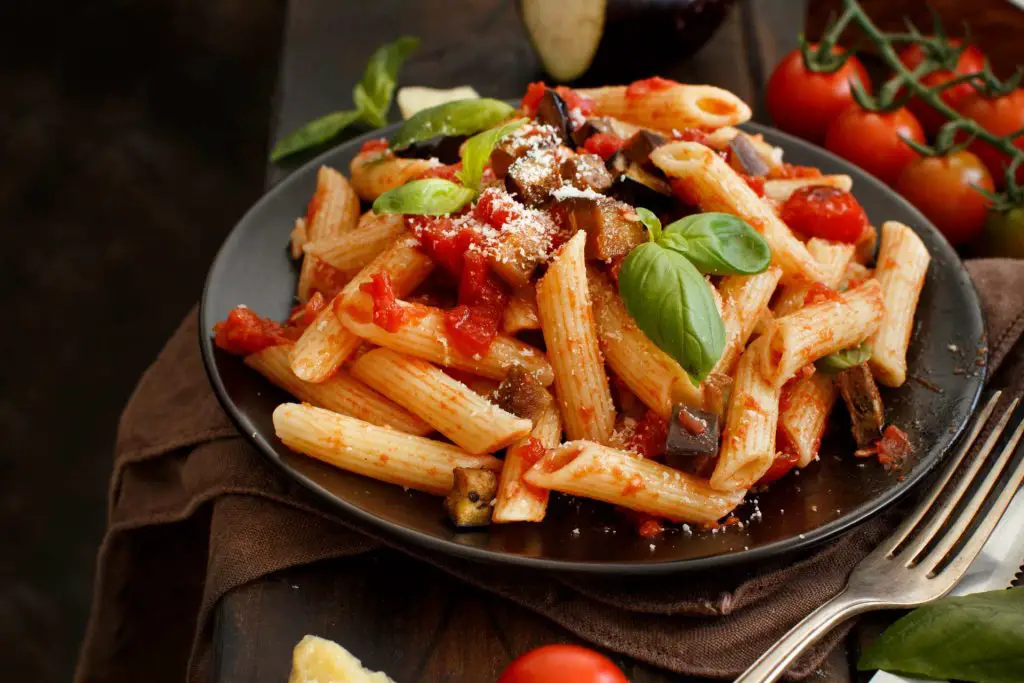
Appetizers and Small Bites
- Burrata Caprese: Update the classic by splitting open a burrata and arranging with tomatoes and basil.
- Gorgonzola Stuffed Dates: Wrap gorgonzola-stuffed Medjool dates in crispy prosciutto for a sweet-savory bite.
- Bruschetta: Rub grilled bread with garlic and top with diced tomatoes, olive oil, and generous shavings of Parmigiano.
The possibilities for using Italian cheeses are truly endless. From baked pastas and pizzas to cheese boards and simple antipasti, each cheese delivers its own unique flavor and texture. Let them inspire you in the kitchen!

Using Italian cheeses in recipes: an endless tasting journey
In a nation with thousands of years of cheesemaking traditions, Italy’s cheeses offer a delicious window into its diverse regions and cultures. While this tasting tour has covered some of the greatest hits, there are still so many more incredible Italian cheeses to explore. From the funky washed-rind Taleggio to the creamy, soft Robiola to the bark-wrapped Vizzini Caciocavallo, each bite holds the power to transport you to Italy’s cobblestone streets and sunbaked cheesemaking huts. Whether from your local cheese shop or better yet straight from the source, let these cheeses be your guide through one of the world’s most delicious tasting journeys.
Buon Appetito!

